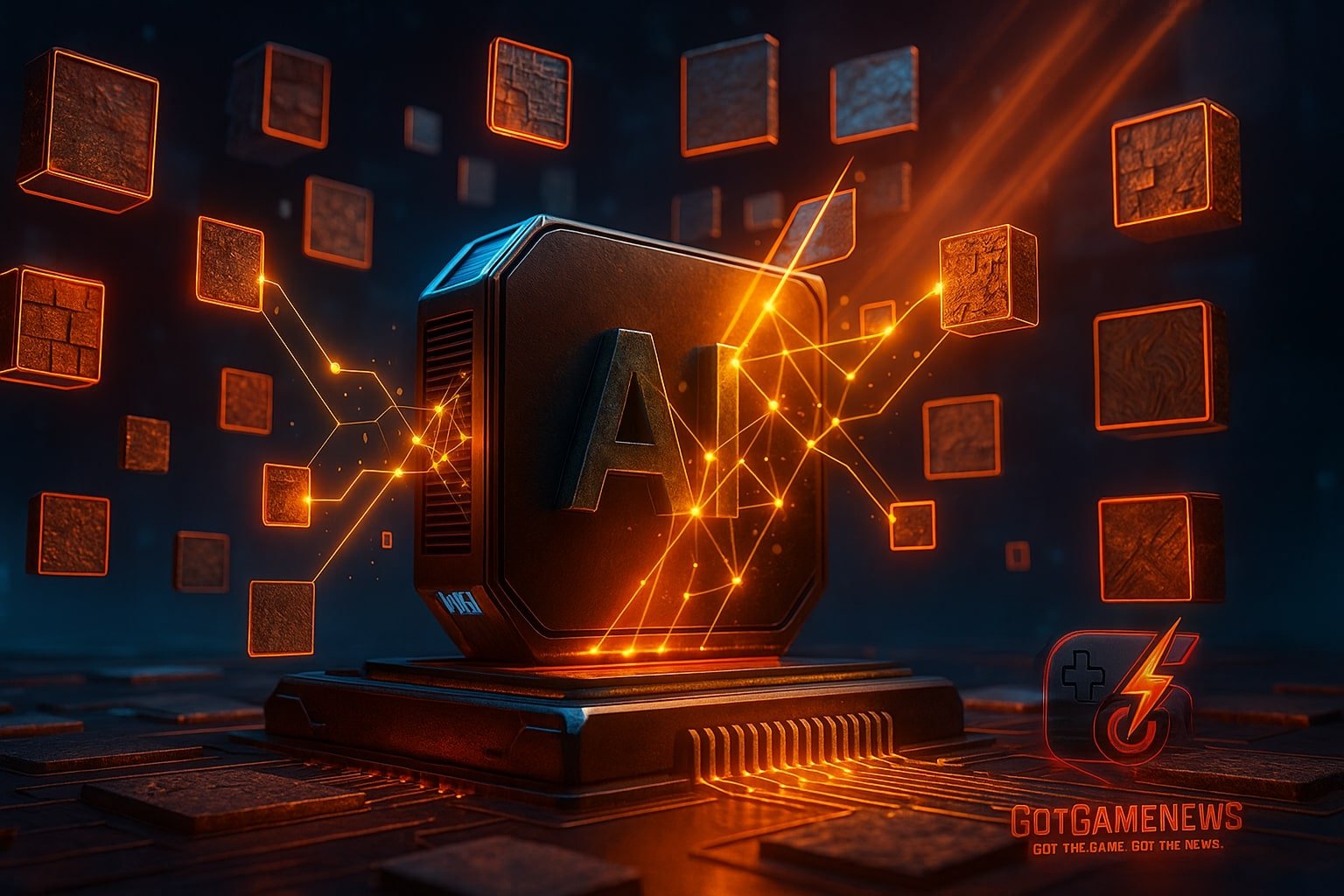As VRAM demands surge and games push beyond the limits of mid-range GPUs, Intel has stepped into a promising frontier that could change how textures are handled in 3D graphics: Neural Texture Compression (NTC). Following Nvidia’s pioneering efforts, Intel’s entry signals growing industry interest in AI-powered solutions to the growing memory bottleneck—but gamers hoping for a quick fix for their aging 8GB GPUs may want to hold their applause.
Let’s unpack what Neural Texture Compression really means, what Intel’s latest reveal tells us, and whether this tech will actually move the needle for performance-starved systems anytime soon.
What Is Neural Texture Compression (NTC)?
Neural Texture Compression is an AI-driven method of compressing textures—those large image files that give 3D surfaces their rich detail and realism. Traditional compression formats like BC1/BC7 or ASTC work by reducing data in fixed blocks using mathematical algorithms. NTC flips this model on its head, using machine learning models trained to reconstruct textures on the fly.
How It Works:
- Game assets store latent codes (small vectors), not full textures.
- At runtime, a small neural network decodes these vectors into full-resolution textures in real-time.
- This drastically reduces the storage and VRAM requirements for high-quality assets.
In Intel’s own tests, they achieved up to a 95% reduction in texture data size, with minimal visual loss—a massive leap over traditional formats.
Why Texture Compression Matters in 2025
Modern AAA games like The Last of Us Part I or Hogwarts Legacy can easily consume over 10 GB of VRAM at 1440p or 4K. GPUs like the RTX 3070 or RX 6700 XT, both with 8GB VRAM, struggle to maintain performance without turning texture quality down.
NTC could theoretically allow these cards to:
- Run higher texture settings without crashing or stuttering
- Load game levels faster due to smaller asset sizes
- Maintain visual fidelity while consuming far less bandwidth
But here’s the catch…
The Problem: It’s Not a Plug-and-Play Fix
Despite how impressive the numbers are, Neural Texture Compression won’t magically upgrade your old GPU. Here’s why:
1. Developer Integration Is Mandatory
NTC is not a driver-side feature. Game developers need to:
- Train models on their own textures
- Encode assets using new tools
- Integrate runtime decoders into their engines
That means no retroactive improvements for games already on the market.
Reality check: You won’t see your copy of Red Dead Redemption 2 or Cyberpunk 2077 suddenly use NTC. Studios must bake it into future releases.
2. Requires AI Hardware Acceleration
Nvidia leverages Tensor Cores, and Intel uses XMX cores in its Arc GPUs. These specialized units handle matrix math, essential for neural inference.
Older cards (especially GTX 10-series or earlier) lack this hardware entirely. Even some modern GPUs like the RTX 4060 Ti struggle at higher resolutions due to bandwidth limitations, not just raw inference power.
Pro tip: If you’re eyeing a GPU upgrade and want to future-proof for NTC, aim for models with robust AI hardware (e.g., RTX 4070 or better, Intel Arc A770+).
3. Visual Quality Still Needs Refinement
While Intel and Nvidia’s demos look solid, early comparisons reveal:
- Slight blurring on fine details (like wood grain or stone textures)
- Occasional color channel artifacts
- Loss of sharpness at extreme zoom or motion
For competitive or visually demanding titles, devs may hesitate to adopt until these quirks are ironed out.
Real-World Example: Nvidia’s 96% Texture Size Reduction
A video demo by Compusemble showed how Nvidia’s tech cut a texture set from 272 MB down to just 11.3 MB using their full AI inference path. That’s over 96% reduction, enabling massive memory savings—but again, this was a controlled, single-material example.
In large open-world games, where thousands of textures must load in real-time, even partial NTC use could:
- Free up VRAM for ray tracing or shadow maps
- Reduce asset streaming hitches
- Enable better visual performance at lower memory budgets
Where Intel Fits In: Arc GPUs & Developer Tools
Intel’s implementation is currently demoed on Arc GPUs (like the A770), which feature dedicated XMX units for AI workloads. Their 2025 demo used a T-Rex model, with textures reconstructed via a neural decoder at 4K resolution. Performance hit? A mere 0.066 milliseconds extra per tile—negligible in real gameplay.
Intel has also aligned its pipeline with DirectX 12 Cooperative Matrix support, making it easier for devs to adopt on both Intel and other AI-capable GPUs (including AMD’s future offerings).
So… Will Neural Texture Compression Rescue Your 8GB GPU?
The Verdict:
No, not anytime soon.
Neural Texture Compression is:
- A groundbreaking step toward solving the VRAM bottleneck
- Efficient and hardware-ready on modern GPUs
- Likely to be adopted in next-gen game engines (think Unreal Engine 6)
But it’s also:
- Useless without game developer adoption
- Dependent on AI-capable hardware
- Still maturing in terms of visual accuracy
In short: NTC is a future-proof tech, not a present-day upgrade hack.
Final Thoughts: What’s Next for Gamers?
If you’re struggling with low VRAM today:
- Lower texture settings or install VRAM monitoring tools (like CapFrameX)
- Try performance-enhancing upscalers (e.g., DLSS, FSR 3)
- Consider upgrading to GPUs with 12–16GB VRAM minimum for new releases
And if you’re a developer:
- Keep an eye on Intel’s NTC SDKs and Nvidia’s research tools
- Consider early-stage integration for new projects to stay ahea






